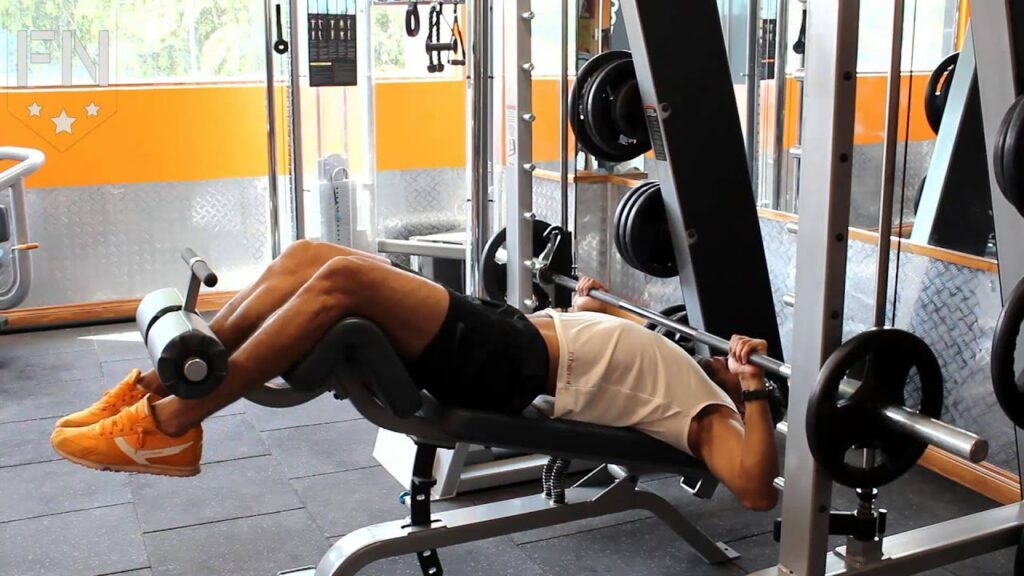Q: I’ve noticed some guys at the gym doing their bench presses on the Smith Machine. My partner says that this is a waste of time and will never yield the same results as the barbell bench. What do you think about the Smith Machine bench press?
A: The Smith Machine (named after 1970’s fitness legend Randy Smith) is one of those exercise innovations that you either love or hate. Hardcore old timers rubbish it as a wimpish cop-out for those who are afraid to get under the real iron. Yet Smith Machine advocates claim that it is the single best piece of equipment in the gym and that everyone should be doing their heavy mass movements on it. As with most things, the truth lies somewhere between these two extremes. The Smith Machine takes away the need to stabilize the bar. This is good in that it allows you to focus on strict form but bad in that the synergistic muscles that act as stabilizers are not recruited. The Smith Machine has safety factors that make the movement much safer and takes away the need for a spotter. But it also locks one into a pre-set plane of movement. This would be fine if the ideal plane of movement was straight up and down, but it’s not. The perfect press starts above the mid chest and arcs slightly down to the sternum (that is, just below the nipples), touches the body and then arcs back up to the start position. You cannot precisely emulate this movement with the Smith Machine. One effect of this is that the pecs are not fully recruited into the movement and, as a result, the weight feels heavier than it would on the flat bench.
Another thing to keep in mind is that, whereas barbells are pretty standard in their design, every Smith Machine is designed and constructed differently. As a result some machines have a smooth gliding motion whereas others tend to be rigid, which causes a stuttering motion throughout the movement. A good Smith Machine is always counter-balanced and easy to control. It moves very smoothly and puts very little stress on the muscles, which will help you avoid injury. But, if the mechanism is affected by friction, the weight will feel lighter on the negative (downward) phase and heavier on the positive (upward) phase of the movement. Some Smith Machines utilize a bungee cord like apparatus for counter resistance, which many trainers find distracting.
The Smith Machine, then, is a useful tool to complement free weight bench-pressing. It’s great for those coming back from injury. It’s also a smart choice when there’s no one available to give you a spot on chest day. For pumping movements and isolation it’s very effective, also to finish off after a few sets on the barbell press. But don’t use it exclusively if there is nothing preventing you from the old standbys – the barbell (and dumbbell) bench press.

